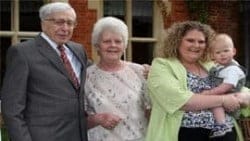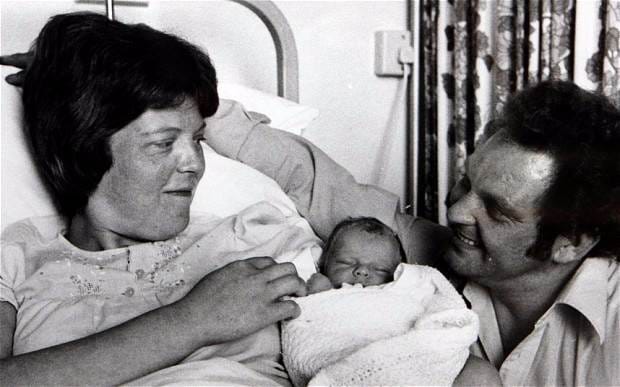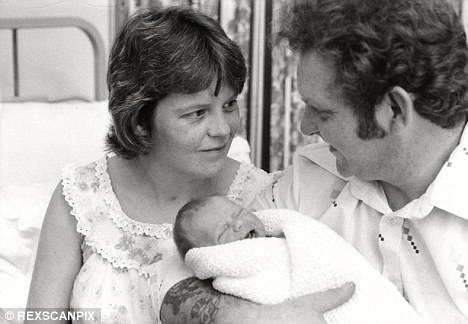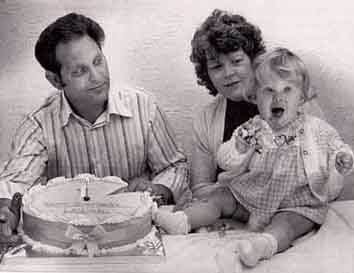When, How and Where was the First IVF Baby Born in History? The first studies on the miracle of the first IVF baby in history started in the 1890s. In 1890, embryo transfer studies were badly affected by intense social pressure and were tried to be prevented. Gregory Pincus was the first person to isolate eggs from human ovaries in 1959.
The theory of sperm maturation was proposed by C.R. Austin and Min Chueh Chang in 1951. Based on these ideas and research, in 1959, Min Chueh Chang proved that it was possible to fertilize eggs outside the body by examining and experimenting on rabbits.
As a result of these developments, the first in vitro fertilization research began in 1966. In 1973, as a result of intensive studies, Dr. Patrick Christopher Steptoe performed fertilization outside the body, but the embryo resulting from fertilization could not be placed in the uterus, resulting in miscarriage.
Continuing his work relentlessly, Dr. Patrick Christopher Steptoe succeeded in delivering the first test-tube baby in the history of the world on July 25, 1978, at 11:47 am at Oldham General Hospital in Oldham, England. Dr. Patrick Christopher Steptoe, a gynaecologist at the hospital, and Dr. Robert Edwards, a physiologist at the University of Cambridge, had begun their work together in 1966.
The first test-tube baby in the world was born at 2608 g and was named Louise Brown. The first test-tube baby born in Turkey was born on April 18, 1989.



